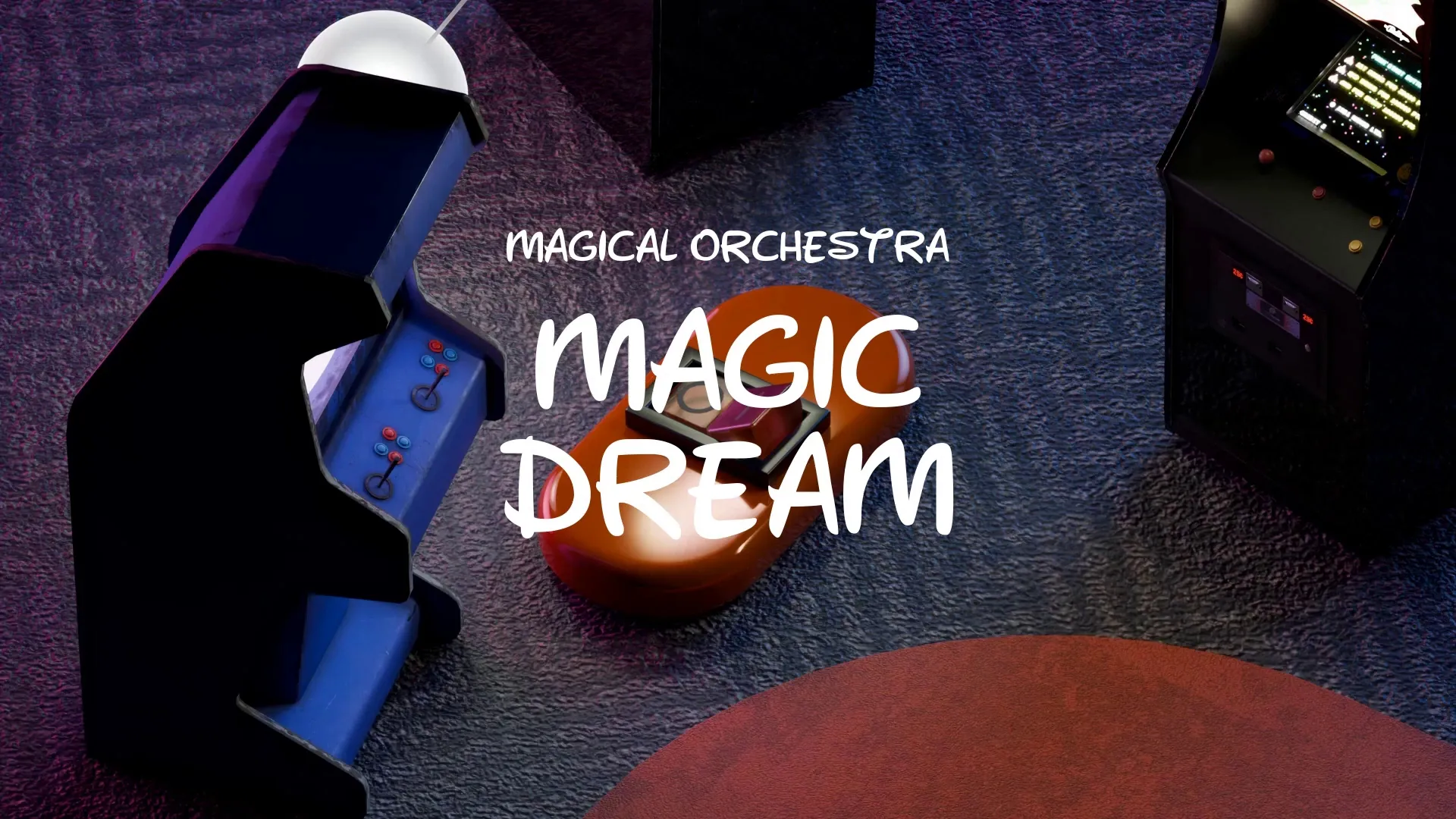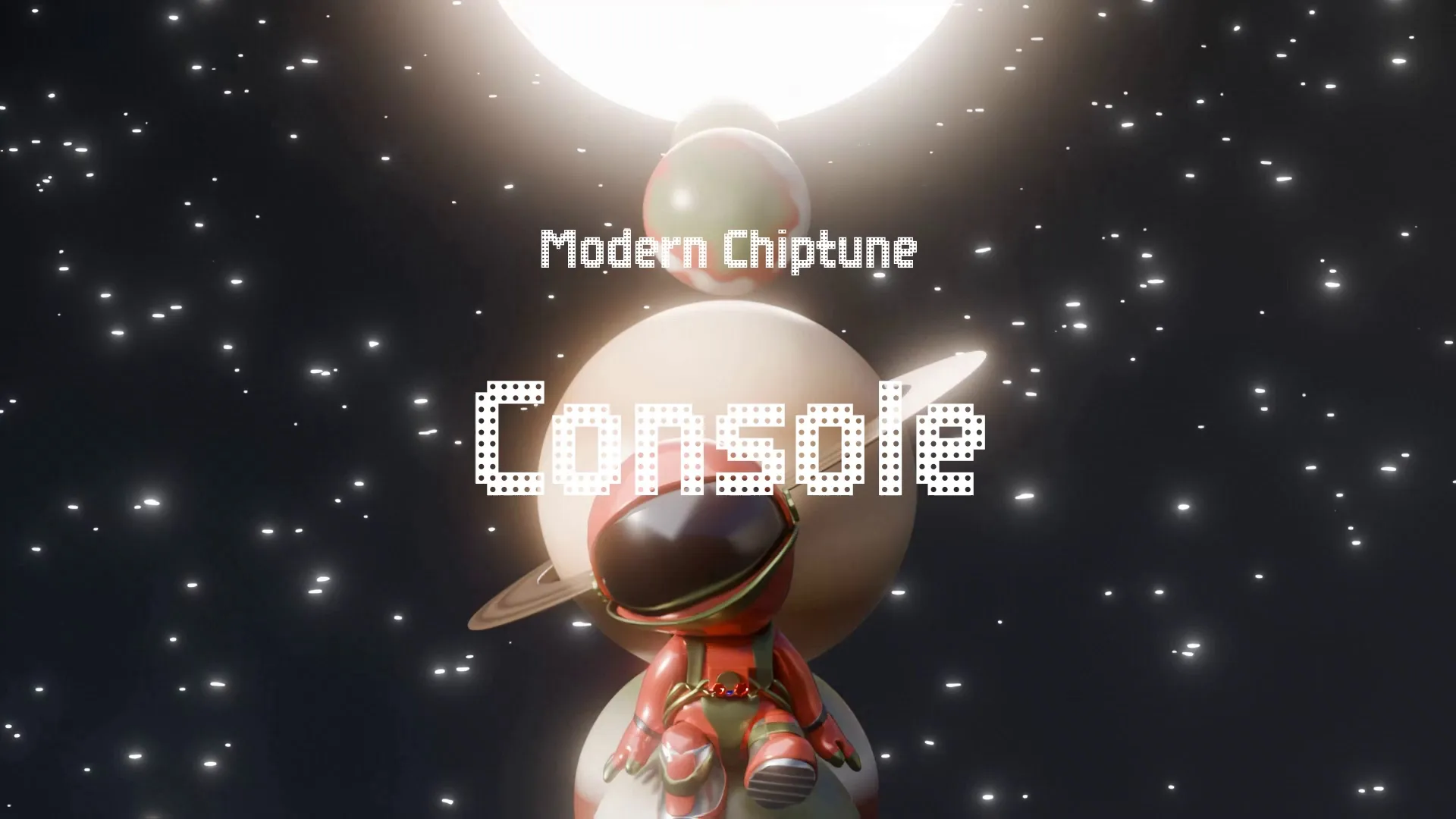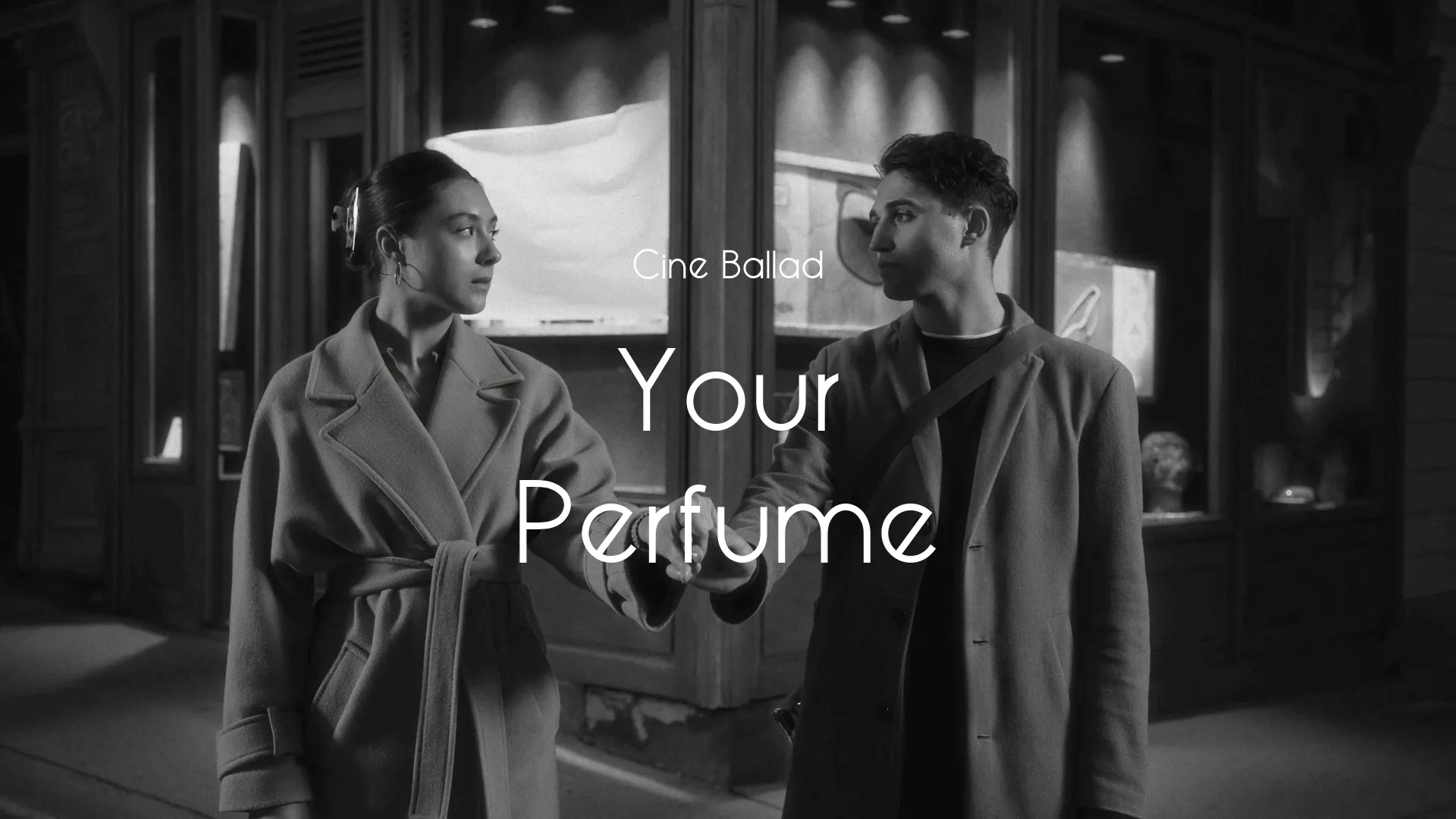The Dark Side of Gaming: An Interview on Ethical Monetization
Have you ever felt a creeping sense of dread as you played a game? The subtle nudge towards the in-game store, the artificial roadblocks designed to frustrate you just enough to consider spending a few dollars… I’ve been there. That feeling, that manipulative pressure, is the dark side of gaming. It’s a design philosophy that puts profits ahead of players. It’s a strategy that undermines the very essence of what makes games great: skill, challenge, and community.
It’s time we pull back the curtain. Let’s expose the underlying issues that give rise to this “pay-to-win” (P2W) monster. It’s why I am thrilled to present this interview with Elara Vance, a veteran game designer and outspoken advocate for ethical game design. She’s worked on massive AAA titles. She’s also championed indie darlings. Elara is here today to dissect the problem of P2W and to illuminate a path towards a more sustainable and player-centric future for gaming.
## The P2W Mirage: Chasing the Wrong Problem
Q: Elara, welcome! Let’s dive straight in. “Pay-to-win” is the buzzword. Is it truly the root cause, or is it a symptom of something more profound?
A: Thank you for having me. “Pay-to-win” is a glaring red flag. It signals deeper, systemic issues within a game’s design and its overall business model. Think of it as a persistent cough. It indicates an underlying respiratory problem; suppressing the cough won’t cure the disease. We need to diagnose and treat the root cause.
The core issue stems from a misunderstanding. It’s a misunderstanding of what motivates players and the kind of experiences they seek. It also comes from prioritizing short-term financial gains. The gains come at the expense of fostering genuine player loyalty and engagement.
Q: What are these fundamental player motivations that are often overlooked in favor of P2W?
A: Many game companies operate under a simplified assumption: players care solely about “winning.” They believe it’s the ultimate objective. They think players only want to dominate others. They also think players crave instant gratification. Therefore, selling power becomes a shortcut to achieving these goals. This is not only a flawed perspective but a deeply cynical one.
Reflect on your own gaming experiences. Is your enjoyment derived solely from defeating opponents? Isn’t there more to it? The thrill of overcoming a difficult challenge, the satisfaction of mastering a complex skill, the camaraderie forged within a team, the escape and immersion offered by a captivating narrative. It’s a rich tapestry of experiences. Focusing exclusively on “winning” and selling power disregards these deeper, more meaningful aspects of gameplay. It ultimately reduces the value and richness of the experience for everyone involved.
## The Illusion of Choice: A Carefully Crafted Trap
Q: If game companies are so misaligned with player motivations, why does P2W remain such a prevalent tactic? Is it simply about greed, or are other factors at play?
A: Greed undoubtedly plays a role. But, the situation is often more complex than a simple desire for money. Game companies, particularly publicly traded ones, face immense pressure to meet revenue targets. This pressure often leads to prioritizing short-term profits over long-term player satisfaction. “Pay-to-win” offers a tempting solution.
It’s often a deliberately engineered problem. Developers sometimes intentionally design games with grindy or frustrating mechanics. This creates a perceived “need” for P2W solutions. This creates a vicious cycle of artificial problems and paid solutions. I recall a consulting project. The game’s lead designer explicitly stated that they were increasing the difficulty curve. The plan was to incentivize microtransactions. I found this incredibly unethical.
Create a free account, or log in.
Gain access to free articles, game development tools, and game assets.

.webp)





















